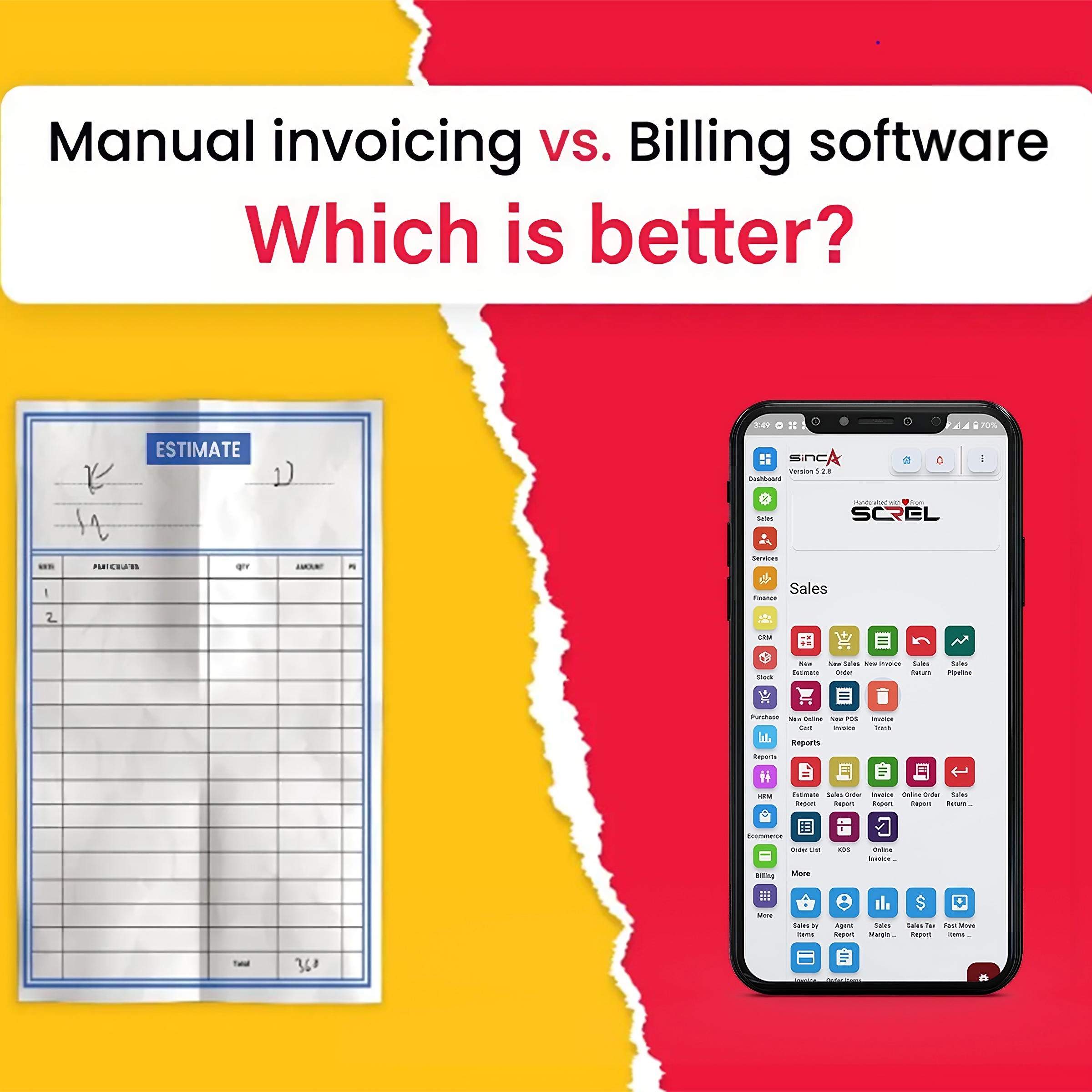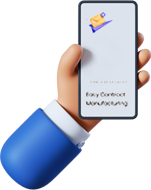Invoicing is an essential part of any business, as it ensures timely payment and smooth financial transactions. Traditionally, manual invoicing was the norm, but with the advancement of technology, billing software has emerged as a viable alternative. This blog aims to compare manual invoicing with billing software to determine which option is better for businesses.
Manual Invoicing: The Old School Method
Manual invoicing involves creating invoices manually using paper, spreadsheets, or word processing software. It requires gathering all relevant information, including customer details, product or service descriptions, pricing, and calculating totals. Manual invoicing requires manual entry, which can be time-consuming and prone to errors. Additionally, tracking payment status and generating reports can be challenging with manual methods.
Billing Software: Streamlining Invoicing Processes
Billing software, on the other hand, is a digital solution that automates the invoicing process. It offers a range of features designed to simplify and streamline invoicing tasks. With billing software, businesses can generate professional-looking invoices, customize templates, and automate recurring billing. It also enables easy integration with payment gateways, allowing customers to make payments online, thereby reducing the need for manual data entry.
Benefits of Billing Software:
Time and Cost Efficiency: Billing software significantly reduces the time and effort spent on creating invoices manually. It automates tasks such as calculation, data entry, and sending reminders, saving valuable time for businesses. This efficiency translates into cost savings and increased productivity.
Accuracy and Error Reduction: Manual invoicing is prone to human errors, leading to potential mistakes in calculations, data entry, or even missed payments. Billing software minimizes these errors by automating calculations and ensuring accuracy throughout the invoicing process.
Improved Organization: Billing software allows for centralized management of invoices, customer information, and payment records. This organization simplifies tracking and reporting, providing businesses with a clear overview of their financial activities.
Enhanced Professionalism: Billing software offers professional invoice templates that can be customized with the company's branding, logos, and personalized messages. This adds a level of professionalism to the invoicing process, which can positively impact the business's image.
Automation and Integration: Billing software integrates with other business tools such as accounting software, CRM systems, and payment gateways. This integration eliminates manual data entry, ensures consistency across platforms, and streamlines the entire billing process.
While manual invoicing may have served businesses for decades, billing software has proven to be a game-changer in terms of efficiency, accuracy, and productivity. By automating tasks, reducing errors, improving organization, and enhancing professionalism, billing software offers numerous advantages over manual invoicing. While the initial investment may be required for adopting billing software, the long-term benefits make it a worthwhile investment for businesses of all sizes. Ultimately, the choice between manual invoicing and billing software depends on the specific needs and scale of your business. However, for those seeking a more efficient and streamlined invoicing process, billing software emerges as the clear winner.




